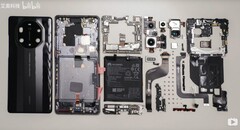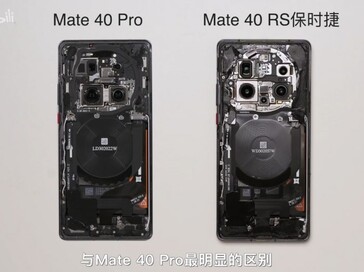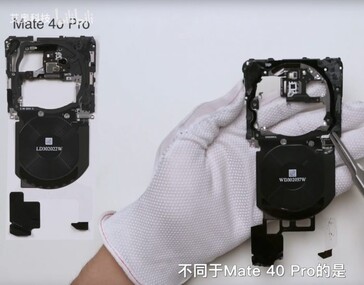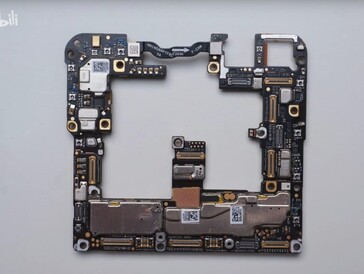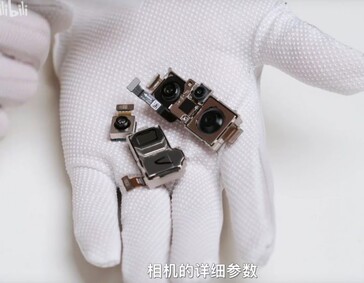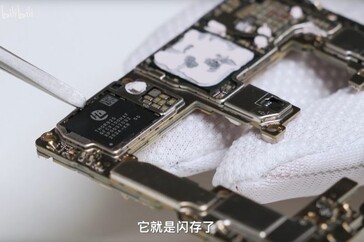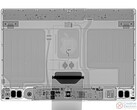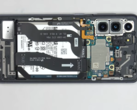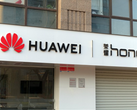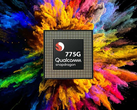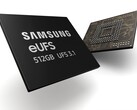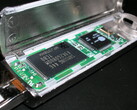The Huawei Mate 40 Pro has recently been disassembled in a video by the Bilibili channel AIO Technology. It has now been followed in this respect by its RS variant, a special edition designed in conjunction with a division of the Porsche luxury car-marque.
It concluded that the teardown process is more or less the same for the 2 phones, although the RS has some obvious internal differences, including the camera array that inhabits a new and monstrous-looking hump on its ceramic rear panel.
This post also drew attention to a specific aspect of the Mate 40 series, which is its internal storage. The chip responsible for this 512GB of total space was found to bear a HiSilicon logo. This indicates that it has been developed by Huawei's own group dedicated to products that include the Kirin 9000 chipset powering its latest flagships.
This proprietary memory, apparently known as HiSilicon SFS 1.0, has reportedly been found to have sequential read speed of 1966 megabytes per second (MB/s); a sequential write speed of 1280MB/s; a random read speed of 383MB/s and a random write speed of 548MB/s. The last of these parameters is twice that allowed for by the existing UFS 3.1 standard for mobile onboard memory.
Given these new claims, it is all the more surprising that Huawei refrains from trumpeting this new, in-house achievement more when promoting the Mate 40 series. It is not mentioned on even the RS version's spec sheet, and did not come up once during the OEM's recent major live-streamed product launch.
There are many possible reasons for this, including the possibiliy that the OEM is unable to provide SFS 1.0 with successors, thanks to a lack of suppliers for the raw ingredients (i.e. the individual chips) with which they are made for the foreseeable future.
Source(s)
Bilibili via SeekDevice


